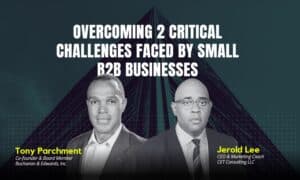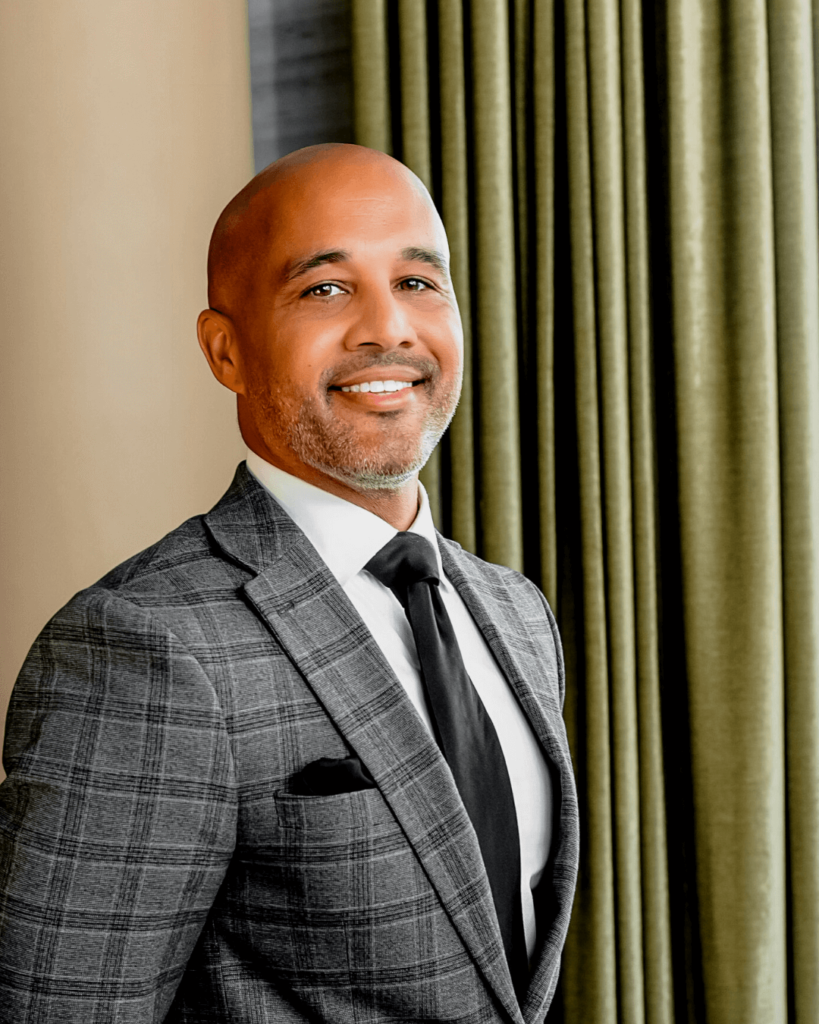
- March 9, 2023
- Abigail Sel
- 0
Equity vs Equality: Addressing Systemic Inequalities in the Workplace
Understanding the Difference Between Equity and Equality
"Equity and equality can be confusing, but let's break it down with a snack analogy. Imagine you're at the grocery store with your two kids, one with a nut allergy and one who loves fruity almond snacks. Instead of getting the same snack for both, you choose an almond snack for one and a nut-free snack for the other. This way, both kids get to enjoy a fruity snack without any harm. You're being equal by giving them a snack, but also being equitable by considering their individual needs. It's about fairness and inclusivity and making sure everyone gets what they need to thrive."
Evan Jones - Founder & CEO Tweet
Systemic Inequalities in the Workplace
- Pay inequity: Women, people of color, and other marginalized groups are often paid less than their white or male counterparts, even when they have the same job title and qualifications.
- Lack of diversity in leadership: Many workplaces still have predominantly white, male leadership teams, which can make it difficult for employees from diverse backgrounds to advance.
- Microaggressions and unconscious bias: Microaggressions, such as making assumptions based on someone’s race or gender, can create a toxic and unwelcoming workplace environment.
- Inflexible work arrangements: Employees with caregiving responsibilities, disabilities, or other needs may struggle to balance their work and personal lives if their workplace does not offer flexible work arrangements.
The Importance of Addressing Systemic Inequalities
It’s not just about doing the right thing; addressing systemic inequalities in the workplace has proven to be a smart business decision. Studies indicate that diverse and inclusive workplaces foster innovation, creativity, and overall success more than homogeneous ones. By prioritizing diversity and equity, organizations can attract and retain the best talent, enhance their decision-making abilities, and create a sense of belonging among employees. Moreover, prioritizing equity can help organizations avoid legal and reputational risks. Discrimination and harassment lawsuits can be costly and damage a company’s reputation, while a workplace culture that appears to be unwelcoming to diverse employees can make it difficult to attract and retain top talent.

Walmart hit with class action lawsuit for racial discrimination
For example: Let’s take a look at a real-world example that highlights the importance of understanding equity vs equality. In the early 2000s, approximately 4,500 Black truck drivers applied to work for Walmart, but the corporation allegedly turned them away in disproportionate numbers. As a result, the drivers filed a class-action suit for racial discrimination, and Walmart settled for $17.5 million.
This wasn’t the first time Walmart faced allegations of discrimination. In fact, the company has been subject to several dozen discrimination lawsuits since the 1990s. For instance, a group of West African immigrant employees sued Walmart in 2010, alleging that their supervisors fired them to give their jobs to locals. Unfortunately, these incidents are not unique to Walmart.
Workers at a Walmart in Avon, Colorado, reported that a new manager made discriminatory comments, stating, “I don’t like some of the faces I see here. There are people in Eagle County who need jobs.” These examples illustrate the ongoing need for organizations to prioritize equity and take actionable steps to promote a more inclusive workplace culture.
Creating a more equitable workplace requires commitment from all levels of the organization. In the following sections, we will discuss some strategies for creating an equity-based workplace culture, building an anti-racist workplace, implementing diversity, equity, and inclusion (DEI) programs, and measuring progress and accountability.
Creating an Equity-Based Workplace Culture
- Evaluating hiring practices: Are job descriptions and interview questions inclusive and free from bias? Are diverse candidates being actively recruited and given equal consideration during the hiring process?
- Providing equitable benefits and resources: Are benefits and resources (such as parental leave, flexible work arrangements, and professional development opportunities) being distributed in a way that is fair and takes into account the unique needs of employees?
- Encouraging open communication: Are employees encouraged to share their experiences and feedback, and are their concerns taken seriously? Is leadership transparent and accountable about how they are addressing systemic inequalities in the workplace?
- Providing training and education: Are employees and leadership being provided with training and education on topics such as unconscious bias, microaggressions, and cultural competency?
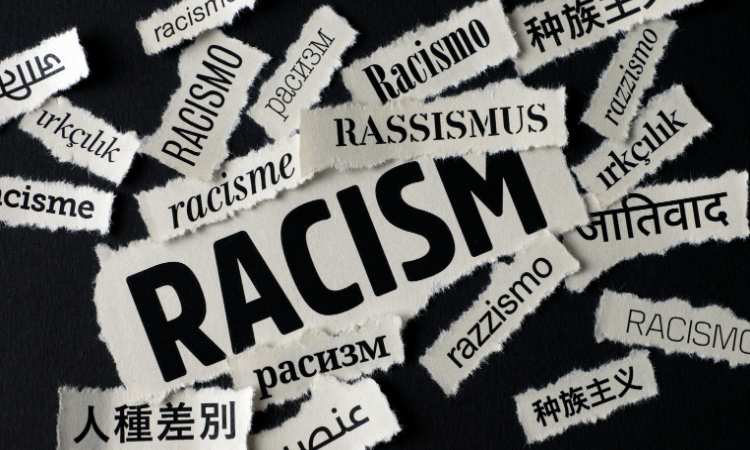
Building an Anti-Racist Workplace
- Examining the ways in which racism and other forms of oppression may be embedded in the organization’s policies and practices.
- Providing education and training on topics such as anti-racism, cultural competency, and allyship.
- Creating a workplace culture that values diversity, equity, and inclusion and actively works to dismantle systems of oppression.
- Encouraging open communication and feedback and actively working to address concerns and complaints related to racism and other forms of oppression.
- Providing resources and support for employees who have experienced racism or other forms of oppression in the workplace.
Implementing Diversity, Equity, and Inclusion (DEI) Programs
- Training and education on topics such as unconscious bias, microaggressions, and cultural competency.
- Employee resource groups (ERGs) that provide support and networking opportunities for employees from diverse backgrounds.
- Diversity recruiting initiatives that actively seek out and recruit candidates from diverse backgrounds.
- Equity-based policies and practices, such as flexible work arrangements and pay equity audits.
- Metrics and data analysis to track progress and identify areas for improvement.
At XA Talent, we've been fully remote since January 2020 and have provided flexible working hours for our core support staff. For those working under contract at their respective employers, we adhere to their workplace policies. We're considering a hybrid work model for our DC and Virginia staff to accommodate marketing, branding, and events for our clients. We're committed to making remote work a success for all our employees, as we share infrastructure with our parent company, XA Systems. By offering remote work options, we can attract top talent from all over while still maintaining a high level of productivity and service.
Evan Jones - Founder and CEO Tweet
The Role of Leadership in Creating an Equitable Workplace
Leadership plays a critical role in creating an equitable workplace.
Leaders should:
- Hold themselves and others accountable for creating an equitable workplace culture.
- Provide resources and support for employees from diverse backgrounds.
- Set the tone for the organization by modeling inclusive behavior and actively working to dismantle systems of oppression.
- Actively seek out and listen to feedback from employees and use that feedback to make improvements.
- Regularly evaluate and update policies and practices to ensure they are promoting equity and inclusion.
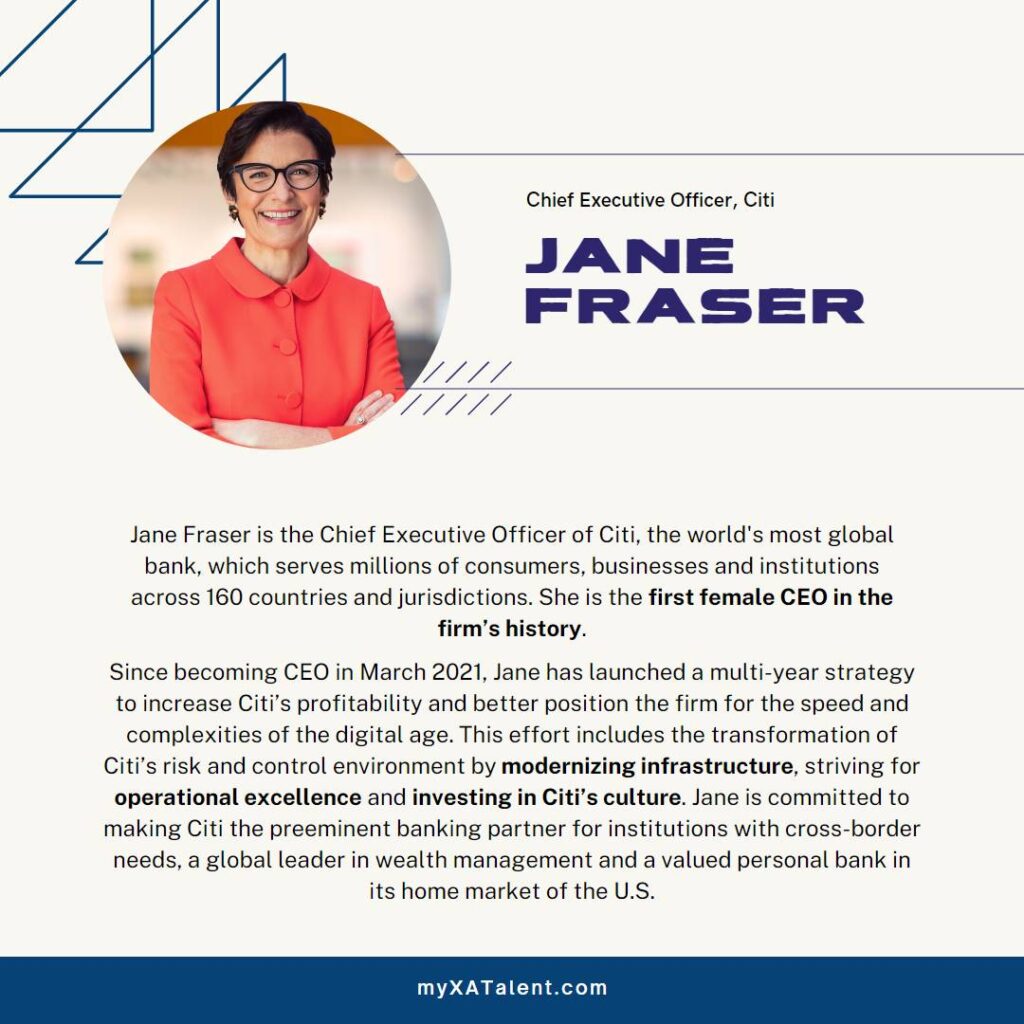
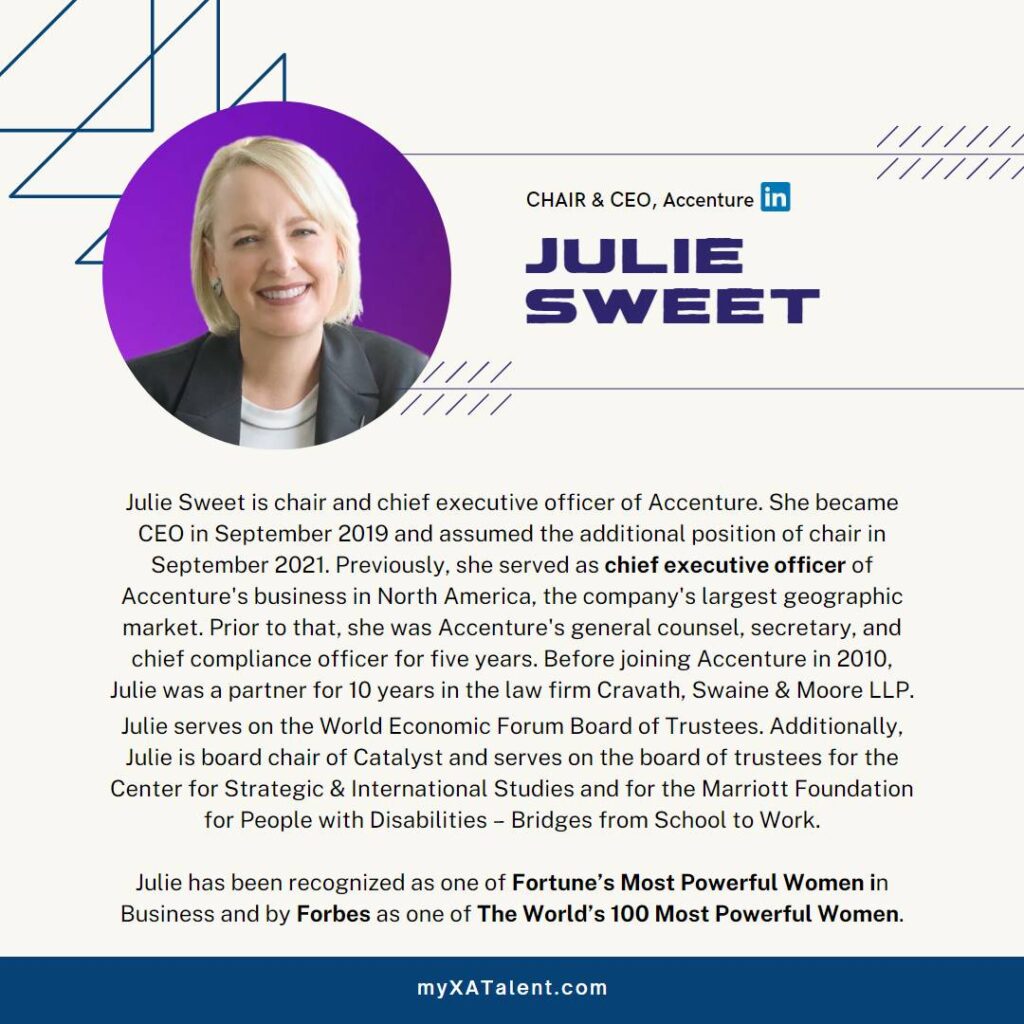
In December 2022, Citigroup, under the leadership of Jane Fraser, made a groundbreaking move by promoting over 100 women to the position of managing director. This is the highest number of women the bank has ever promoted to this role, and it highlights the progress that is being made toward gender equality in the financial industry.
Similarly, earlier in 2022, Accenture, now led by Julie Sweet, ranked first on Refinitiv’s Global Diversity and Inclusion Index.
This ranking was based on a survey of 11,000 companies from around the world, and it demonstrates Accenture’s commitment to creating a more diverse and inclusive workplace.
These actions by Citigroup and Accenture represent important steps forward in the fight for workplace equality. They serve as powerful examples of what can be achieved when companies prioritize diversity and inclusion and take proactive steps to promote it.
Measuring Progress and Accountability
- Establishing quantifiable objectives and benchmarks pertaining to diversity, equity, and inclusion.
- Collecting and analyzing data regularly related to diversity, equity, and inclusion. Being transparent and accountable about the organization’s efforts to address systemic inequalities.
- Encouraging open communication and feedback from employees and leveraging the feedback to drive improvements.
- Celebrating achievements and advancements and embracing failures as opportunities for growth and learning.
Addressing Resistance and Pushback
- Providing education and training to employees on the importance of diversity, equity, and inclusion in the workplace. This can help employees understand the value of DEI and the positive impact it can have on the organization as a whole.
- Creating a culture of open communication and feedback. This means actively listening to concerns and complaints from employees, and providing opportunities for open dialogue and discussion.
- Addressing resistance and pushback directly and transparently. This involves being clear and concise about the goals and objectives of DEI initiatives, as well as providing resources and support for employees who may be struggling with the changes.
- Celebrating successes and progress. When positive changes occur as a result of DEI initiatives, it is important to recognize and celebrate them. This helps to build momentum and create a culture of positivity and inclusivity.
- Using setbacks as opportunities for learning and growth. When challenges arise during the implementation of DEI initiatives, it is important to view them as opportunities for learning and growth. By analyzing what went wrong and making adjustments, organizations can continue to move forward in promoting diversity, equity, and inclusion in the workplace.
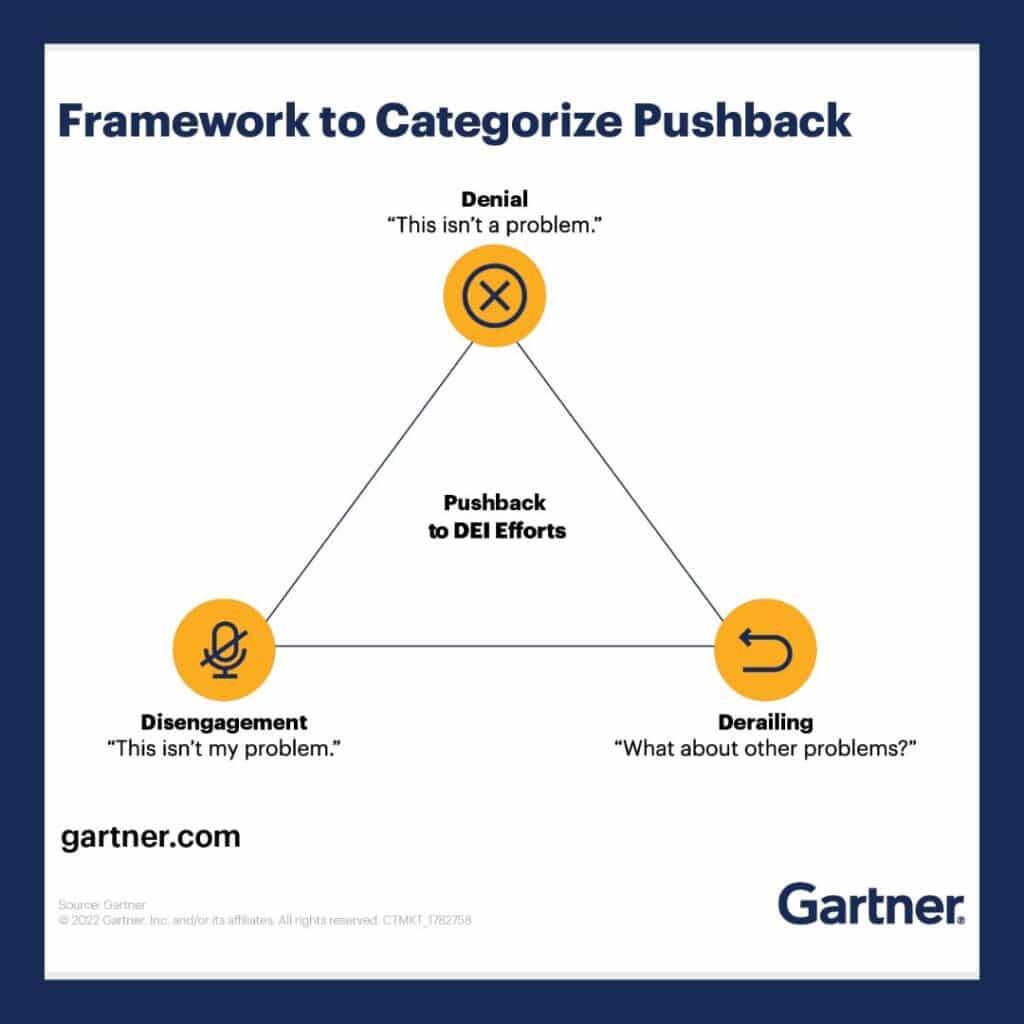
- Denial is when someone says, “This is not a problem.”
- Disengagement is when someone says, “This is not my problem.”
- Derailment is when someone says, “What about other problems?”

